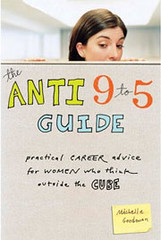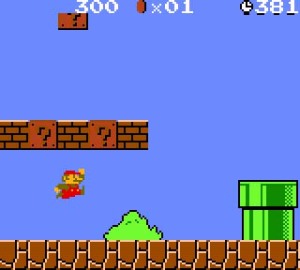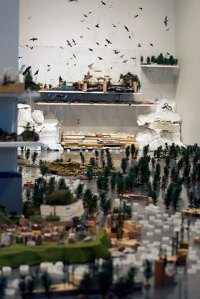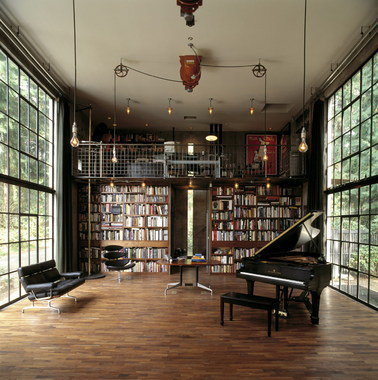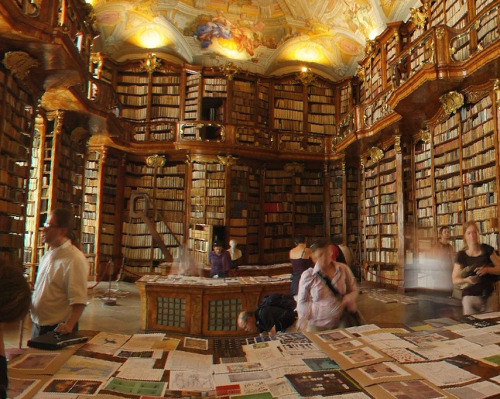Famous French-American artist Louise Bourgeois died yesterday at age 98.
Let me start by saying that I didn't think I would have to write this post. I planned to link to the
Art of the Day blog of my dear friend, an art historian and librarian, who, I was sure, would have written a beautiful and enlightened tribute to one of her favorite artists. Whether from shock or lack of knowing, my friend has yet to write on the subject, so I find myself having to muster up the courage to write something myself. Here goes...
Born, raised, and trained as an artist in Paris, Louise Bourgeois moved to New York in 1938. Bourgeois' started her artistic career as a painter, but a decade after her arrival in America, she took up sculpture, the medium in which she became one of the greatest innovators in the history of art.
Her first sculptures were slender wooden figures carved from wood and painted black or white. Arranged in groups and placed vertically, the sculptures suggested a group of figures despite their abstract form. Indeed, Bourgeois called them "Personages."
Personages (1947-50)
Photo: Suzanne DeChillo/The New York Times
As the art world moved further into abstraction to the point of near annihilation of the figure, Bourgeois remained committed to tactile, plastic sculpture. To this day, her organic, sexually suggestive sculptures of the 1960s, when Minimalism was de rigeur, give me pause. One of my favorite descriptions of Bourgeois work comes from the
PBS Art: 21 series: "The anthropomorphic shapes her pieces take...are charged with sexuality and innocence and the interplay between the two."
Never crossing into fetishism or vulgarity, sculptures like
Cumul I (1968) or
Double Negative (1963) are almost too palpable, too explicitly plastic to view at length.
Cumul I (1968)
Because of her sustained explorations into the inner life of the subject, Bourgeois is often linked to Surrealism, but she was never interested in dreams for dreams' sake or sexual transgression per se. This interest in the subjective psyche is even more evident in her later work. In her 80s, Bourgeois created a series of multi-media environments composed of made and found objects that she called Cells. Complex assemblages like
Cell (You Better Grow Up) (1990-93) speak to the psyche, its complexities and contradictions as well as to childhood, another recurring theme in her work.
Cell (You Better Grow Up) (1990-93)
I would be remiss if I completed this post without one mention of Bourgeois' spider sculptures. I'll admit, these creep me out, but their delicacy despite their size, make them, dare I say it, beautiful. Of course, they are also capable of terrifying small children.
Maman, the most famous of these sculptures and standing over 10 meters high, refers to Bourgeois' own mother: "My best friend was my mother and she was deliberate, clever, patient, soothing, reasonable, dainty, subtle, indispensable, neat and useful as an araignée [spider]" (
Source).
There is so much I must leave out: drawings, works on and with fabric, decades of work from a fertile mind. Bourgeois's productivity left us with art enough to ponder for years to come. As a woman, as an artist, as a pioneer, as an individual, Louise Bourgeois is an icon we will all remember with respect and love.









